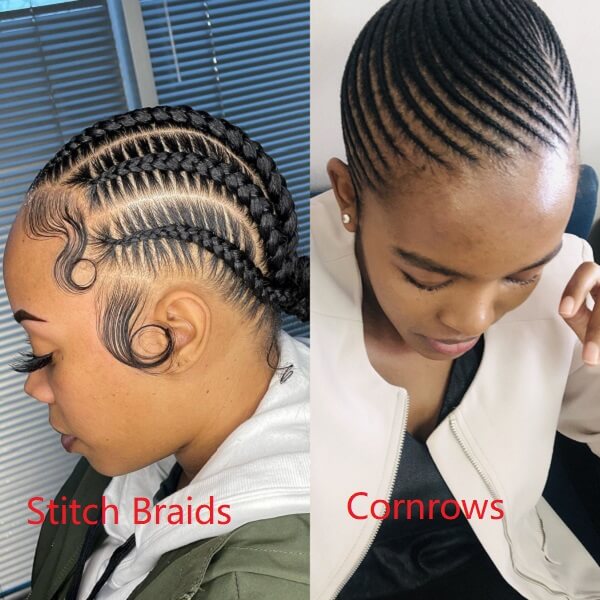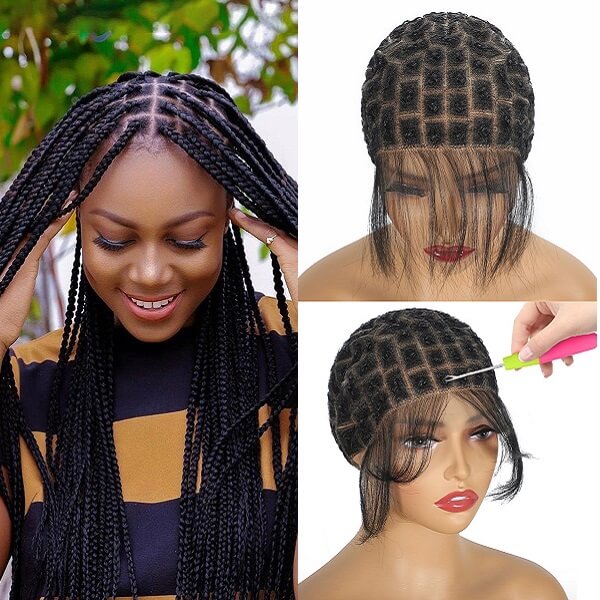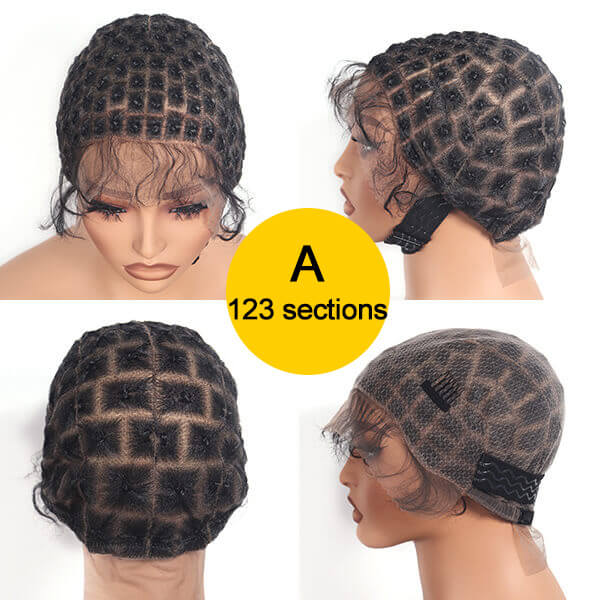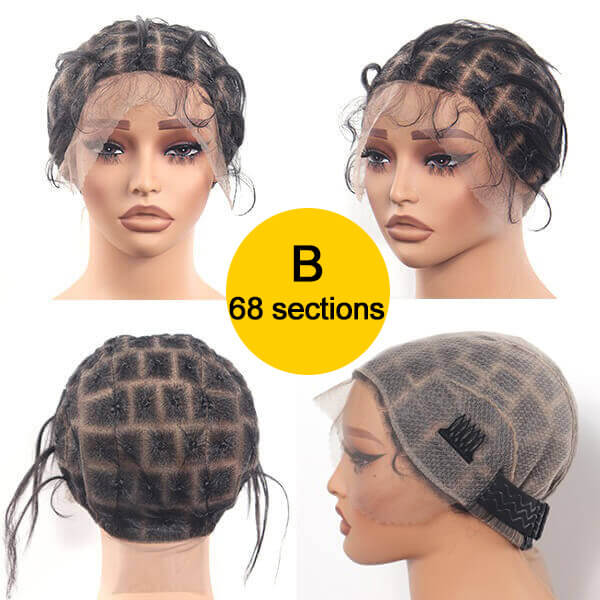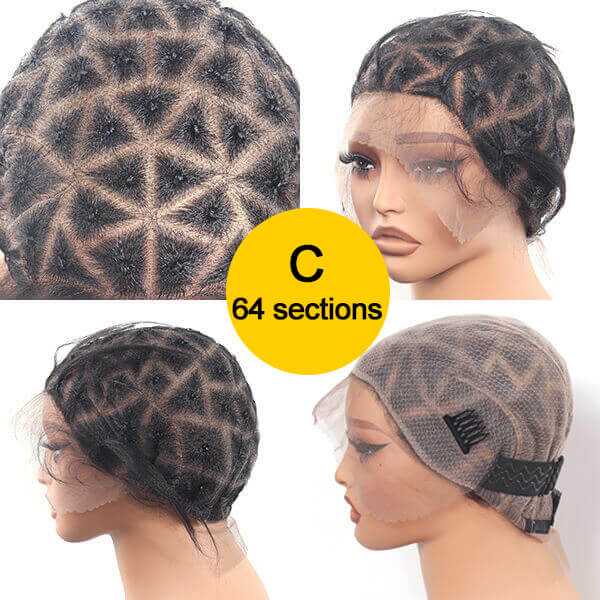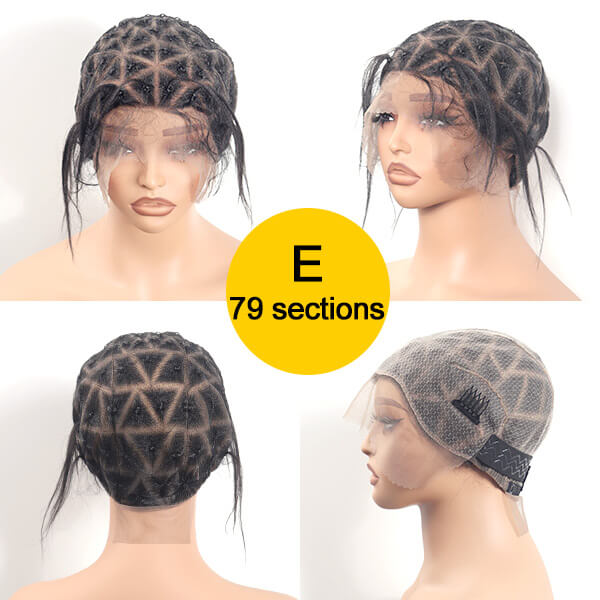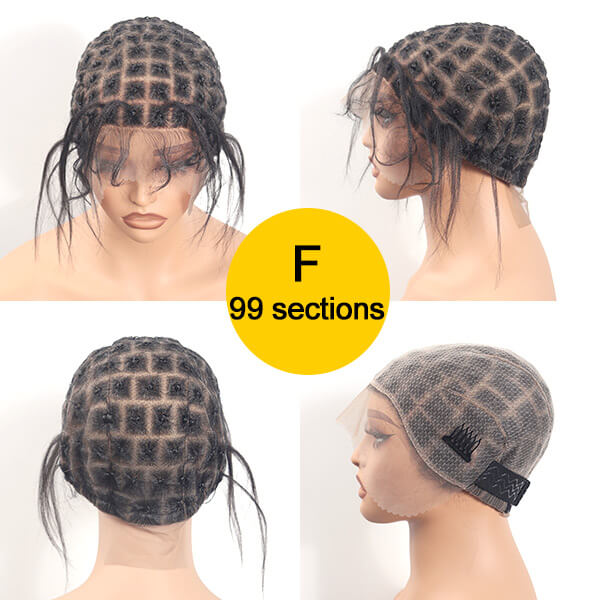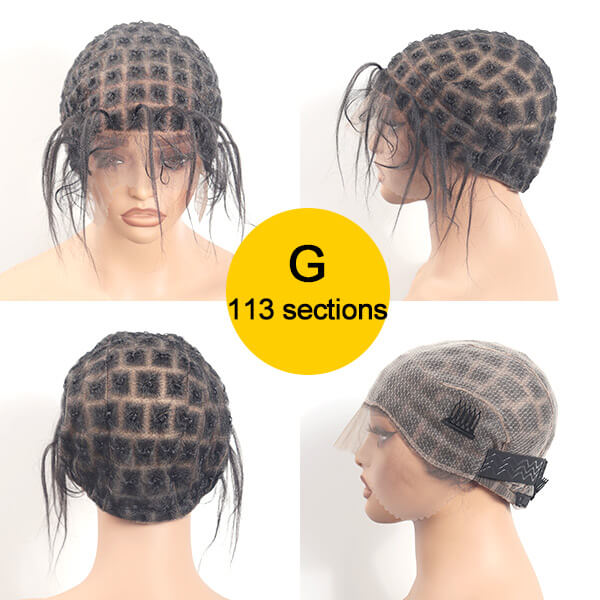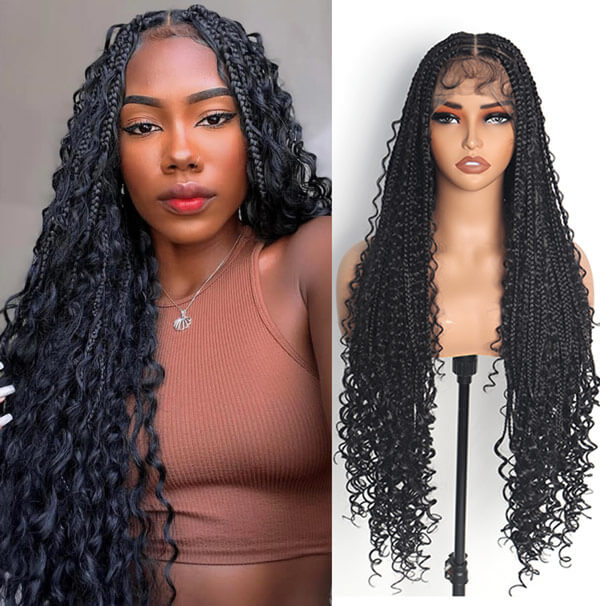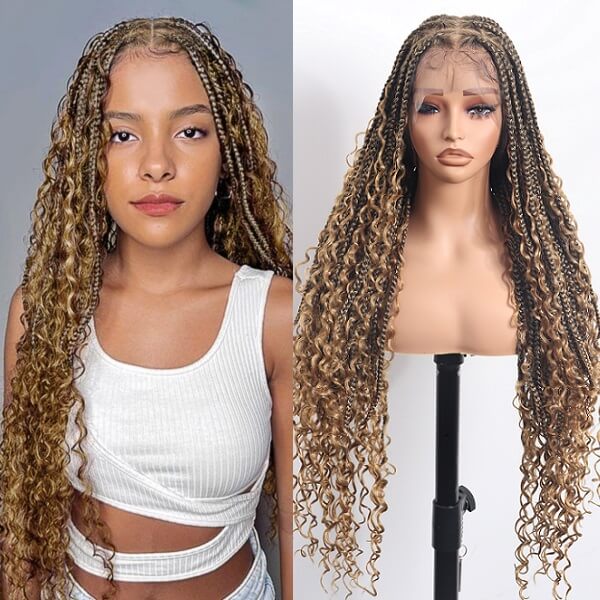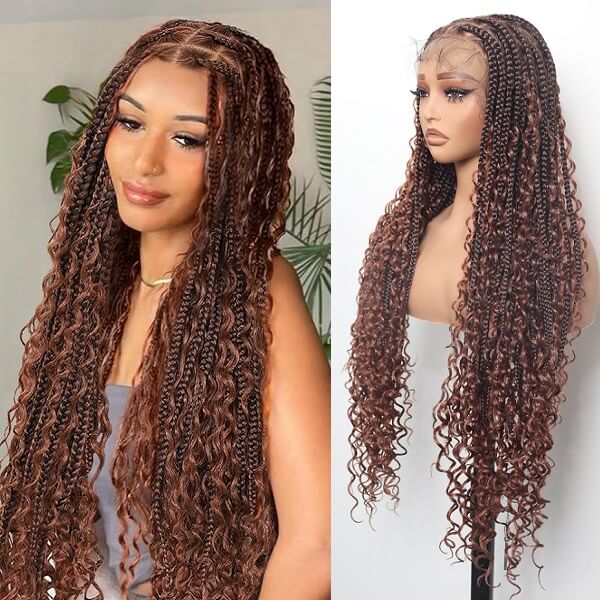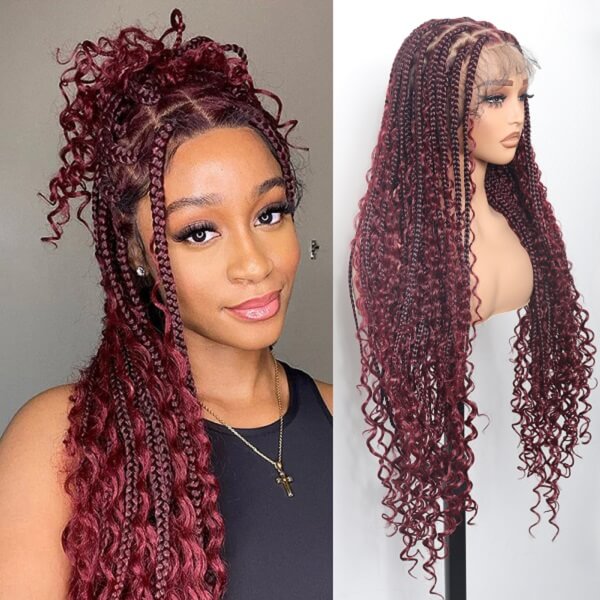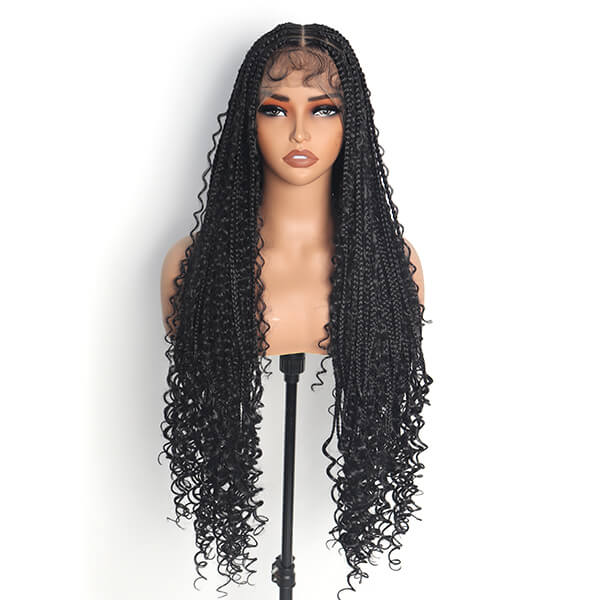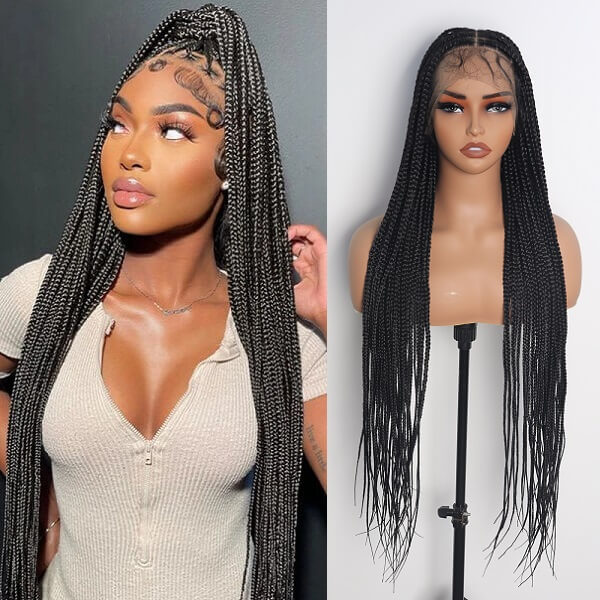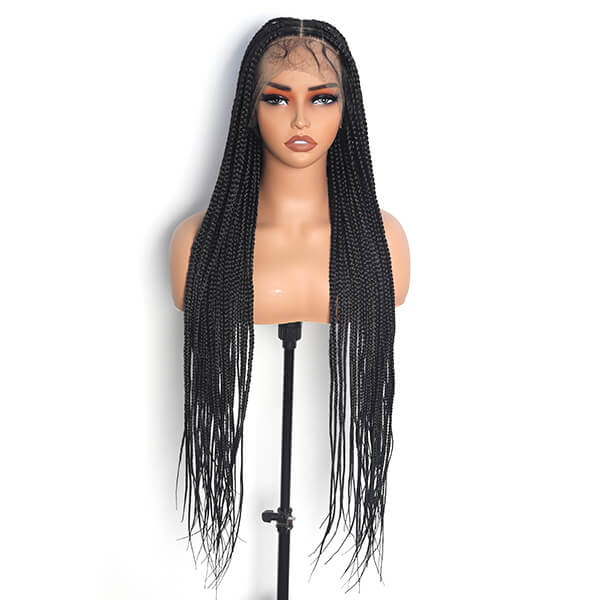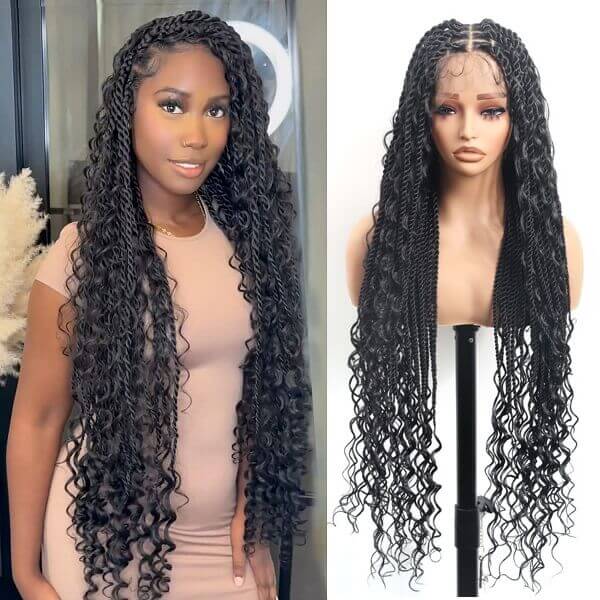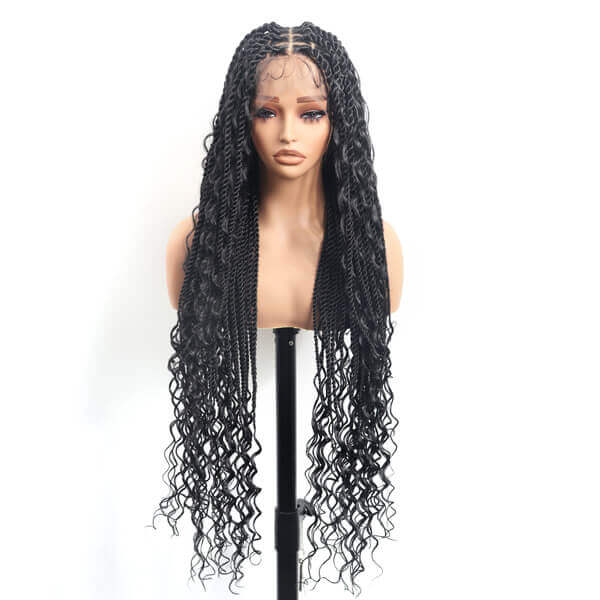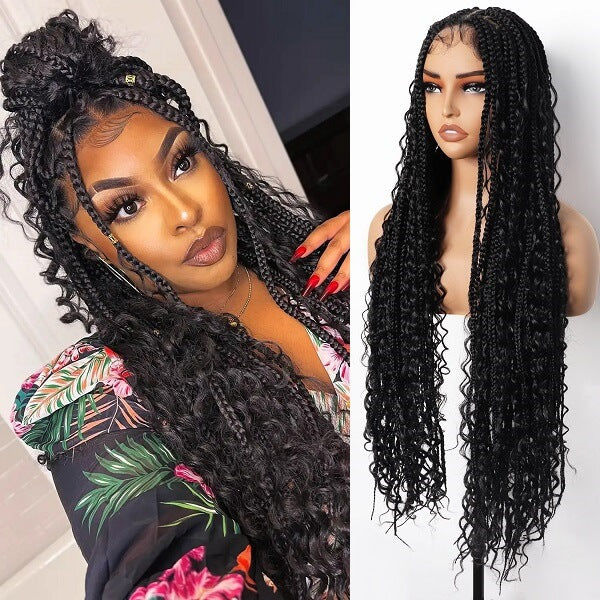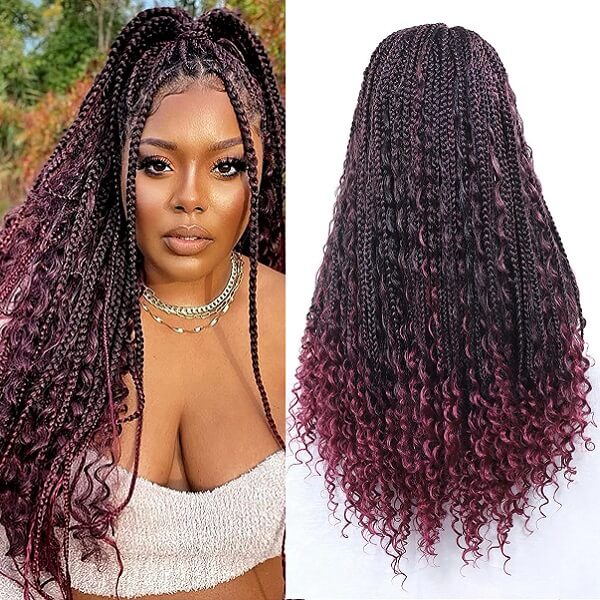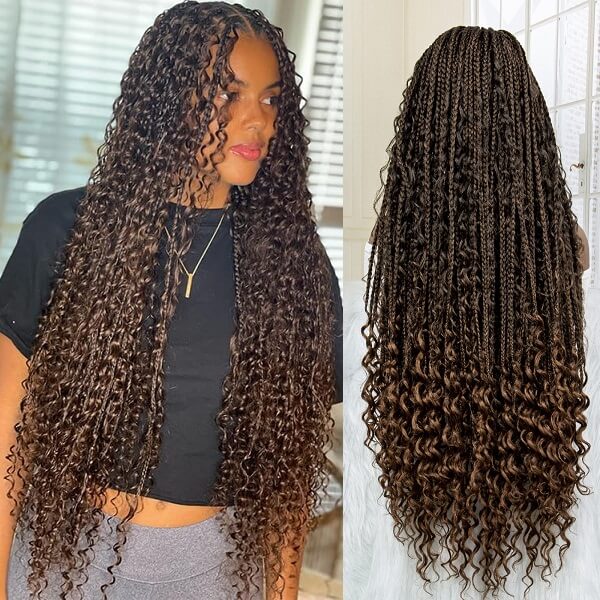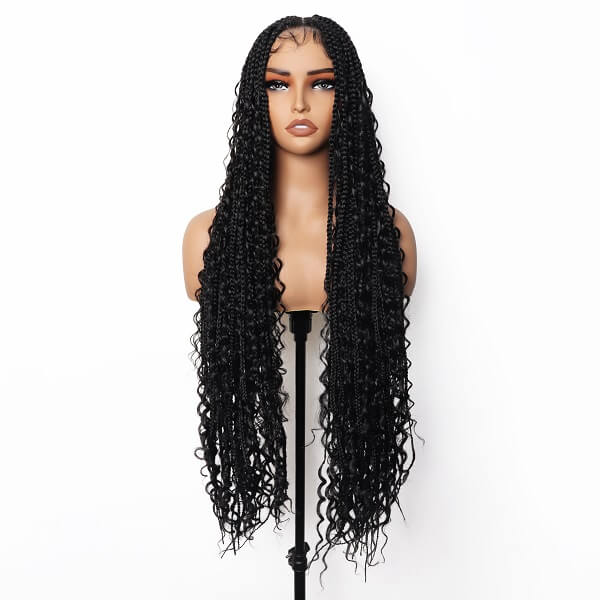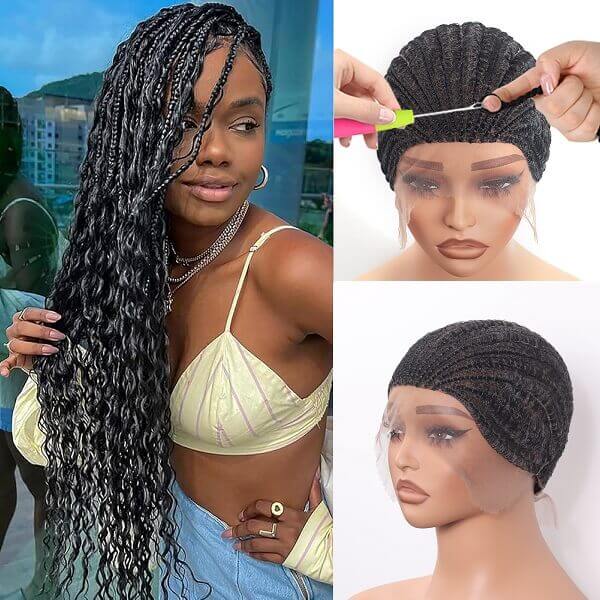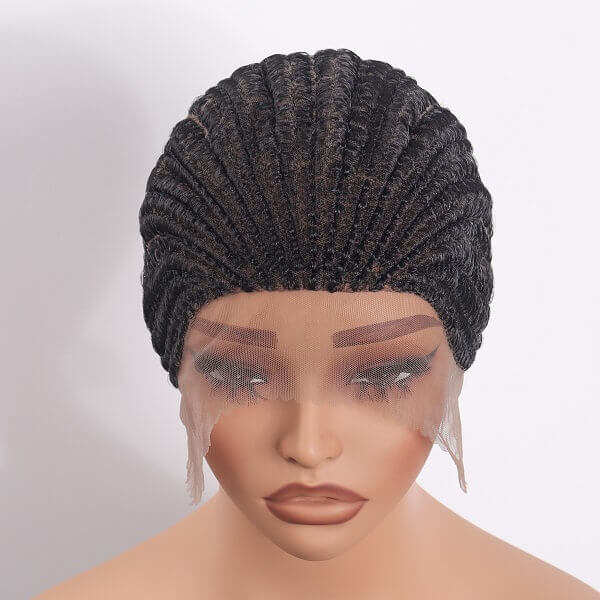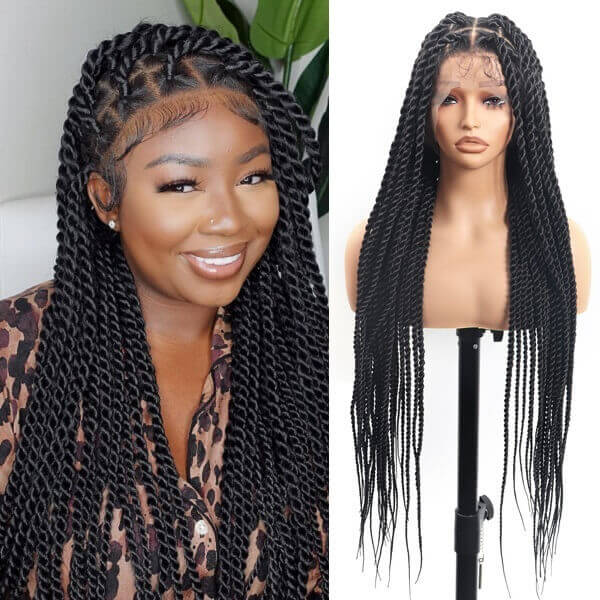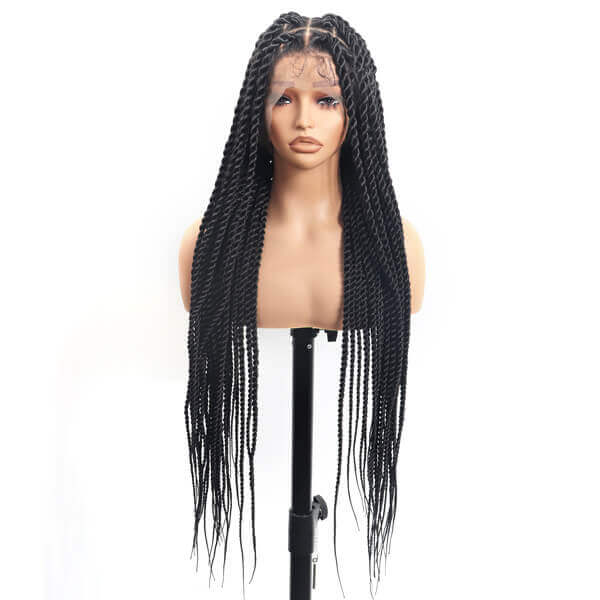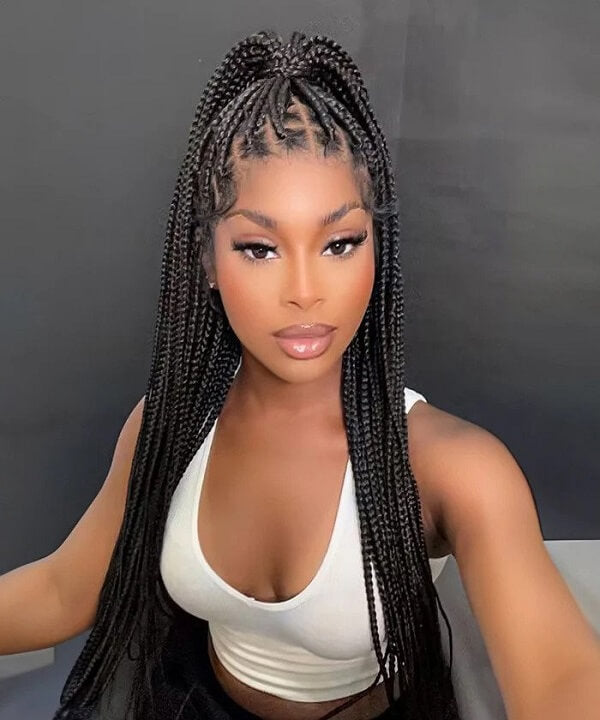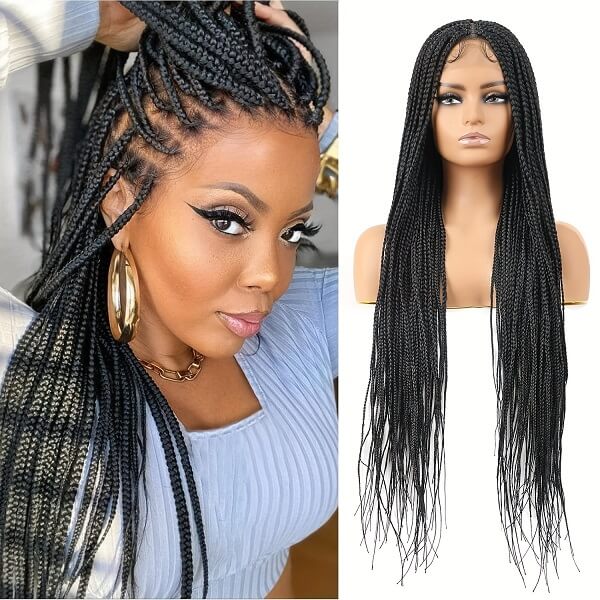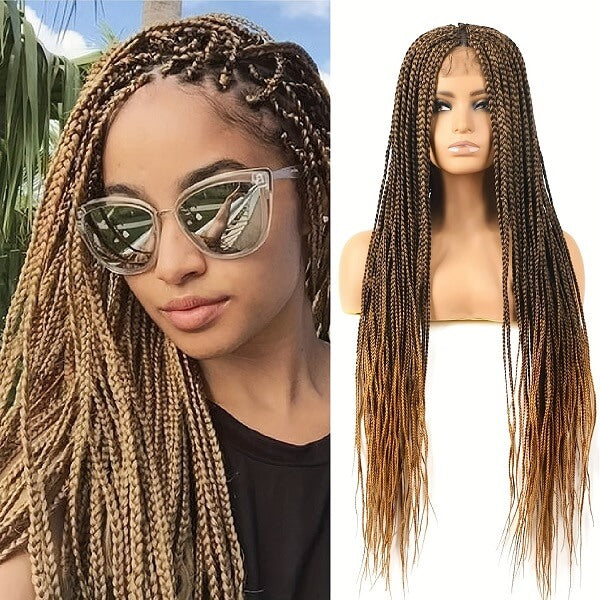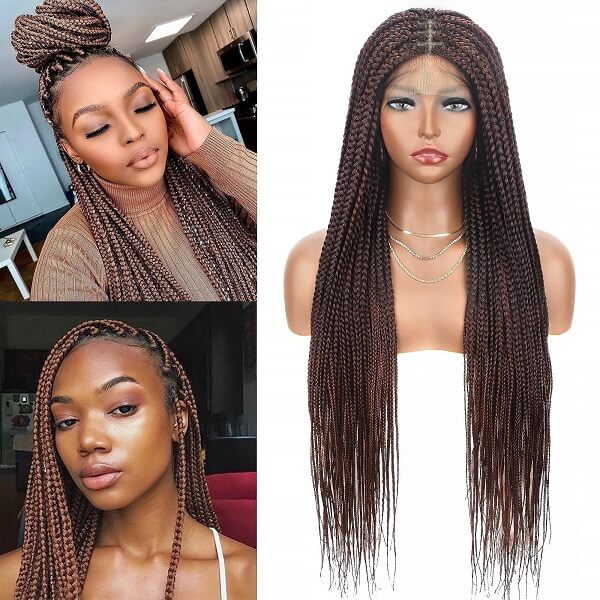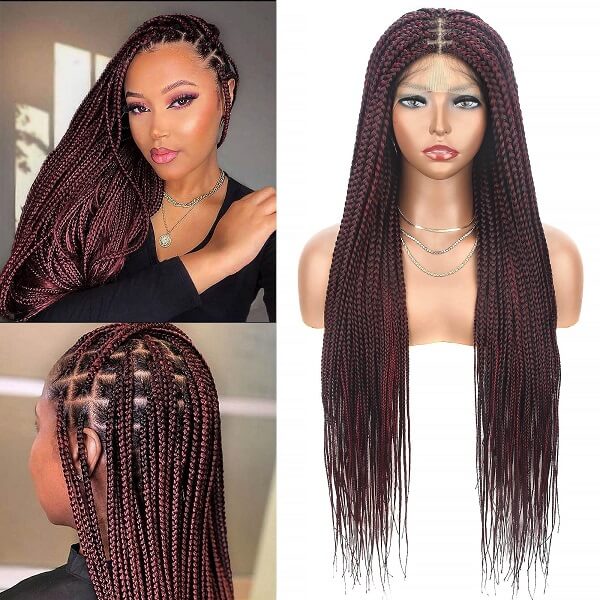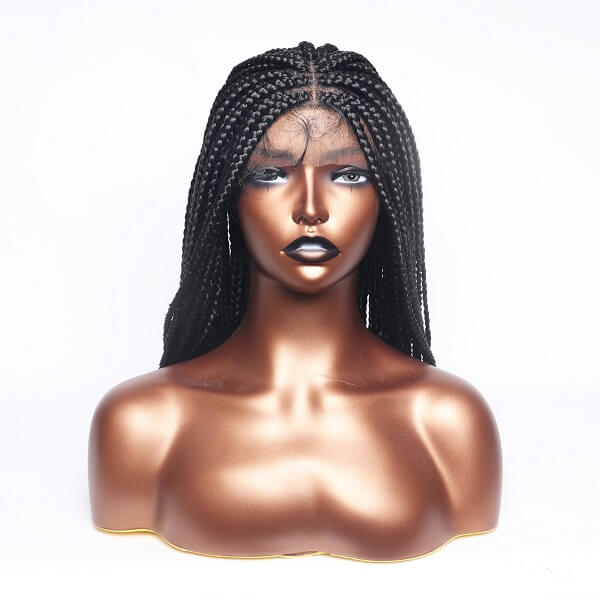Braided hairstyles have always been popular and hold cultural significance in many communities. From ancient traditions to modern fashion, braids have remained a symbol of beauty and identity. Among the various braid styles, cornrows and stitch braids stand out for their unique looks and protective benefits.
Braids offer more than just style; they protect natural hair by reducing breakage and promoting healthy growth. Their versatility allows for endless creativity, with different patterns, lengths, and decorations.

In this article, we will compare two popular braid styles: stitch braids and cornrows. By exploring their differences and similarities, you'll be able to choose the perfect style for your next look. Whether you prefer a classic or a modern twist, we’ve got you covered.
What Are Cornrows?
Cornrows are a traditional African hairstyle where the hair is braided closely to the scalp in continuous, raised rows. This technique creates a series of straight or curved lines, resulting in a sleek and intricate look.
Cornrows have a rich cultural heritage that dates back thousands of years. Originating in Africa, this hairstyle was often used to symbolize age, marital status, wealth, and religion. It was also a practical way to keep hair neat and manageable. Over time, cornrows have evolved and spread globally, becoming a popular and versatile style in many cultures.

Traditional Cornrow Braiding Technique
The process of creating cornrows involves sectioning the hair into narrow rows and braiding each section close to the scalp. Here's a step-by-step explanation of the technique:
Step 1: Preparation: Start with clean, detangled hair. Decide on the pattern and part the hair accordingly.
Step 2: Sectioning: Using a comb, create a straight part in the hair. Clip away the remaining hair to keep it out of the way.
Step 3: Braiding: Take a small section of hair at the beginning of the part. Divide this section into three equal strands.
Step 4: Braiding Close to the Scalp: Begin a traditional three-strand braid, incorporating small amounts of hair from the parted section into the braid with each pass. Continue this process, adding more hair as you move along the row.
Step 5: Securing the Ends: Once the braid reaches the nape of the neck or the end of the part, secure the braid with a small elastic band or continue braiding the remaining hair into a single braid.
This method ensures that the braid sits tightly against the scalp, creating the distinct, raised appearance of cornrows.

Styling Variations
Cornrows are incredibly versatile, allowing for a wide range of styles and patterns. Here are some common and intricate cornrow patterns:
- Straight-Back Cornrows: One of the simplest and most classic styles, where the hair is braided straight back from the forehead to the nape.
- Zigzag Patterns: These cornrows feature zigzag parts, adding a dynamic and creative twist to the traditional straight lines.
- Geometric Designs: Intricate patterns such as triangles, squares, and other geometric shapes can be created for a more complex look.
- Curved or Swirled Cornrows: Braids that follow curved or circular patterns, offering a softer and more flowing appearance.
- Feed-in Cornrows: Adding hair extensions to cornrows can enhance the length and volume of the braids, allowing for even more styling possibilities.

What Are Stitch Braids?
Stitch braids are a modern and stylish variation of traditional cornrows. This technique involves creating horizontal "stitches" or sections in the hair, resulting in a distinctive, segmented appearance. The use of precise parting and a unique braiding method sets stitch braids apart from other braided styles.
- Segmented Look: Stitch braids have a segmented or "stitched" appearance, created by evenly spaced, defined parts between each braid.
- Precise Parting: The use of a comb to create clean, horizontal parts is crucial, giving the braids their distinctive stitched effect.
- Modern Aesthetic: This style offers a sleek, contemporary look, making it a popular choice for those seeking an updated twist on traditional braids.

Stitch Braids Braiding Technique
Creating stitch braids involves a detailed and methodical approach to achieve the signature stitched look. Here’s how it’s done:
Step 1: Preparation: Start with clean, detangled hair. Decide on the desired pattern and part the hair accordingly.
Step 2: Creating Horizontal Parts: Using a comb, create a series of evenly spaced, horizontal parts across the scalp. These parts will form the foundation for the stitched sections.
Step 3: Sectioning and Braiding:
- Begin with the first section of hair at the start of the horizontal part.
- Divide this section into three equal strands to start a traditional three-strand braid.
- As you braid, incorporate small amounts of hair from the horizontal part into the braid. Use the comb to ensure that each added section is precise and evenly spaced.
Step 4: Continuing the Process: Repeat the braiding process for each horizontal part, ensuring that the stitches remain consistent and evenly spaced.
Step 5: Securing the Ends: Once the braid reaches the nape of the neck or the end of the part, secure the braid with a small elastic band or continue braiding the remaining hair into a single braid.
The key to successful stitch braids is maintaining precise and clean parts, which create the characteristic stitched effect.

Styling Options
Stitch braids offer a range of styling possibilities, allowing for customization and creativity. Here are some popular styles and ways to enhance stitch braids:
- Straight-Back Stitch Braids: A simple yet striking style where the stitch braids are braided straight back from the forehead to the nape.
- Zigzag Stitch Braids: Combining the stitch braiding technique with zigzag patterns adds a dynamic and eye-catching element to the style.
- Geometric Stitch Braids: Create intricate geometric designs, such as triangles or squares, using precise parting and the stitch braiding method.
- Colorful Stitch Braids: Incorporate colored hair extensions or highlights into the stitch braids for a bold and vibrant look.
- Stitch Braids with Accessories: Enhance the style with hair accessories such as beads, cuffs, or rings. These additions can add a touch of personalization and flair to the braids.
- Stitch Braids with Extensions: Adding hair extensions can increase the length and volume of the braids, providing more styling options.
Stitch braids offer a contemporary and versatile alternative to traditional braids, allowing for a range of styles that can be tailored to individual preferences and occasions.

Similarities & Differences Between Cornrows and Stitch Braids
-
Similarities:
- Foundation: Both stitch braids and cornrows are created by braiding hair close to the scalp, incorporating small sections of hair as you braid to create a continuous pattern.
- Technique: The basic braiding technique is similar, involving the sequential picking up of hair to create tight, neat rows of braids.
- Purpose: Both styles serve as protective hairstyles, helping to protect natural hair from environmental damage and promoting hair growth by reducing manipulation.
-
Differences:
-
Appearance:
- Cornrows: Traditional cornrows have a smooth, continuous look. The parts between the braids are usually less defined and can vary in width.
- Stitch Braids: Stitch braids have a more segmented appearance, with sharp, defined lines (or "stitches") that separate each braid. These lines are created using a comb to part the hair evenly, resulting in a distinctive stitched look.
-
Parting Technique:
- Cornrows: The parting can be simple and straightforward, without the need for perfectly equal sections.
- Stitch Braids: The parting is crucial and must be precise. A comb is used to create multiple horizontal parts that give the appearance of stitches.
-
Detail and Complexity:
- Cornrows: Can range from simple, straight-back braids to more complex designs, but generally do not have the segmented look of stitch braids.
- Stitch Braids: Tend to be more intricate due to the detailed parting and segmented appearance, offering a more modern and edgy look.
-
Maintenance and Longevity:
- Both styles require regular maintenance to keep the braids neat and the scalp healthy. However, the detailed nature of stitch braids may require more frequent touch-ups to maintain their distinct look.
-
Appearance:
Conclusion
In conclusion, both stitch braids and cornrows offer unique and stylish options for braid hairstyles. Stitch braids stand out with their more segmented appearance, with sharp, defined lines, while cornrows offer a sleek and classic look.
We encourage you to embrace the beauty of braid hairstyles and experiment with different looks confidently.
If you're looking to try out a new braid style, why not explore the braided wig options at mybraidedwig.com? Our collection features a variety of styles, including cornrow wigs and stitch braid wigs, crafted with care to enhance your natural beauty.
At mybraidedwig.com, we offer a diverse range of high-quality braided wigs, meticulously crafted to suit your style needs. Made from premium quality Japan-made synthetic fibers and soft HD lace, every hair strand is hand-tied to the lace mesh, our wigs mimic natural hair, providing a natural look and feel. Visit mybraidedwig.com today and find your perfect braided wig!
Related Articles:
Discover 50 Stunning Cornrow Braids Hairstyles
50 Eye-catching Fulani Braids Hairstyles To Try

